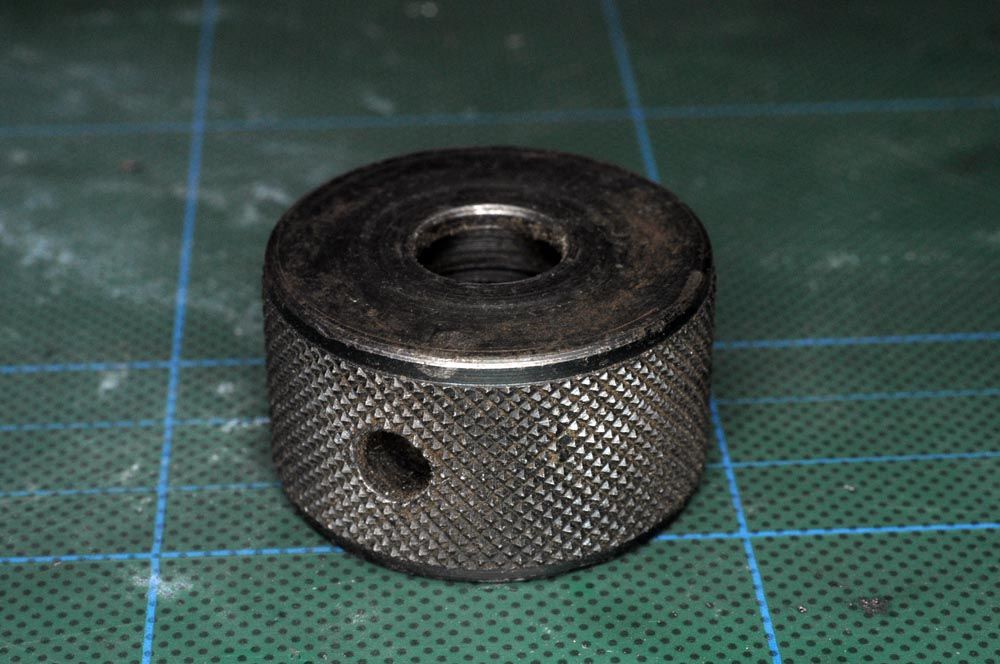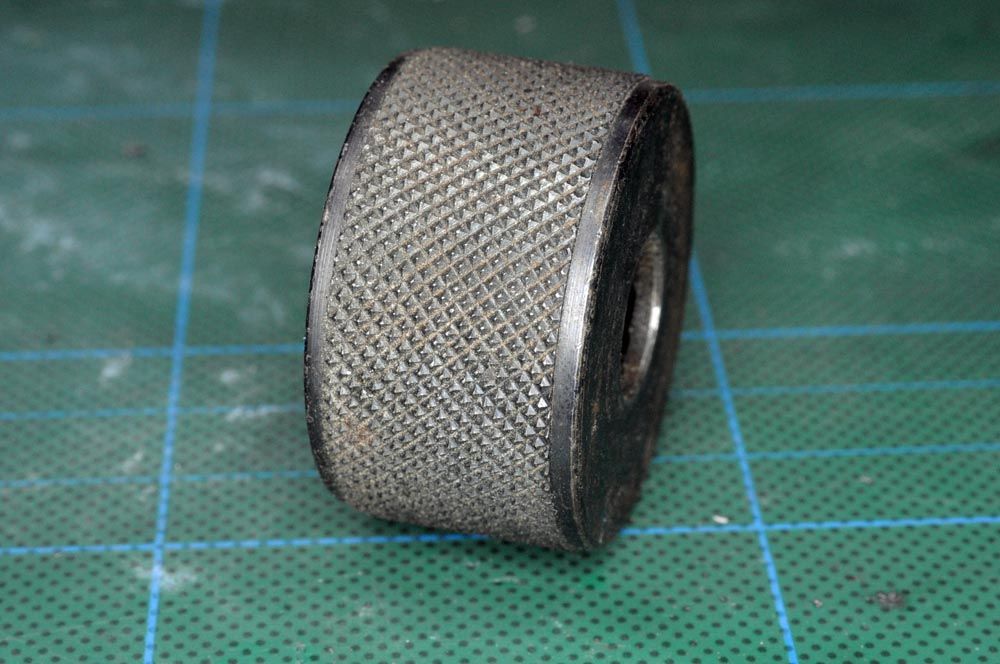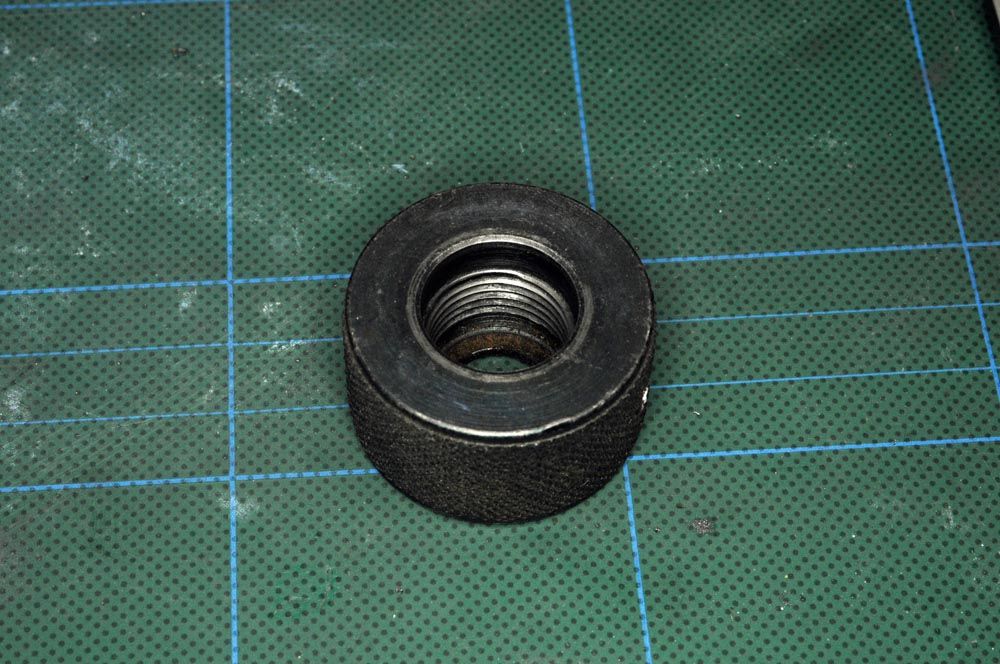Making a 3/4 x 16tpi lathe spindle thread protector?
Making a 3/4 x 16tpi lathe spindle thread protector?
- This topic has 10 replies, 6 voices, and was last updated 13 March 2021 at 12:43 by
 Roderick Jenkins.
Roderick Jenkins.
Viewing 11 posts - 1 through 11 (of 11 total)
Viewing 11 posts - 1 through 11 (of 11 total)
- Please log in to reply to this topic. Registering is free and easy using the links on the menu at the top of this page.
Latest Replies
Viewing 25 topics - 1 through 25 (of 25 total)
-
- Topic
- Voices
- Last Post
Viewing 25 topics - 1 through 25 (of 25 total)







